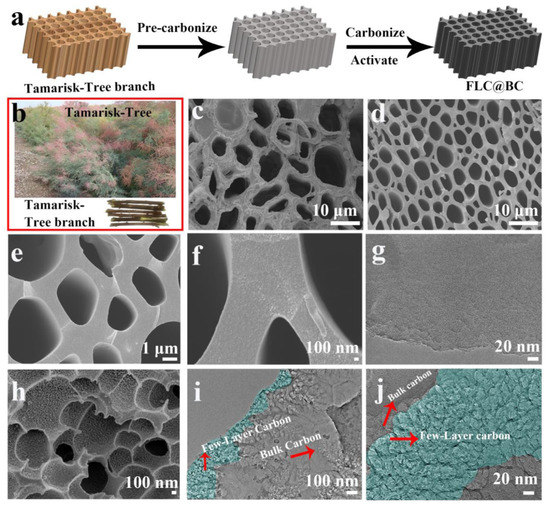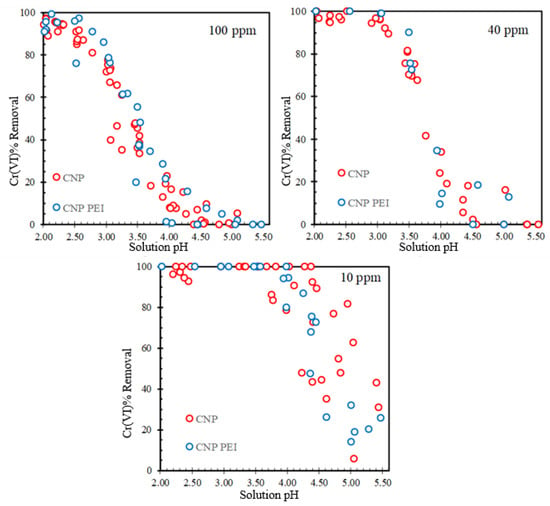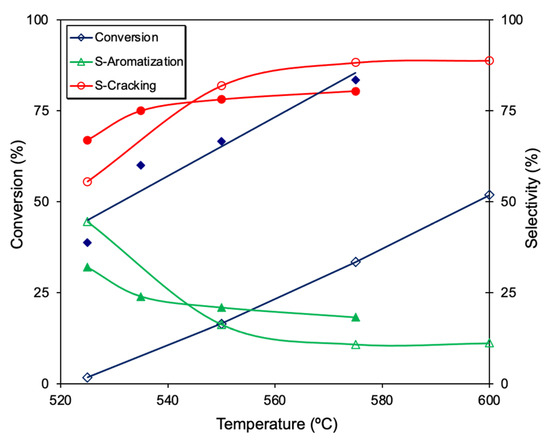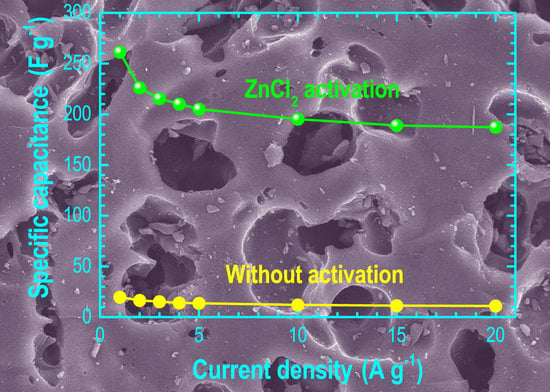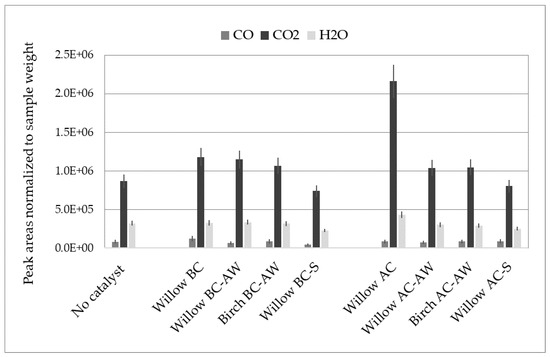Carbon-Derived Materials from Bioresources for Advanced Applications
A topical collection in C (ISSN 2311-5629). This collection belongs to the section "Carbon Materials and Carbon Allotropes".
Viewed by 39905Editors
Interests: hybrid carbon materials; confinement of metal-based NPs in carbon; carbon synthesis and modification (mesoporous carbon, activated carbon, hard carbon, graphitic carbon); hard and soft-templated carbon; biosourced derived carbon; carbon surface chemistry and reactivity modification; carbon-based materials for gas and energy storage (supercapacitors and batteries); carbon for air and water cleaning
Special Issues, Collections and Topics in MDPI journals
Interests: chemical engineering; metal–organic frameworks (MOFs); carbon materials; water treatment; adsorption; advanced oxidation processes (AOPs); photocatalysis
Special Issues, Collections and Topics in MDPI journals
Topical Collection Information
Dear Colleagues,
We would like to invite you to submit comprehensive research articles, reviews, communications, or letters to a Special Issue of C—Journal of Carbon Research dedicated to Carbon-Derived Materials from Bioresources for Advanced Applications.
In this Special Issue, we are looking for outstanding carbon materials of any type (graphite, graphene, activated carbons, carbon nanofibers or nanotubes, carbon black, hard carbons, carbon dots, carbon carbides, and so on) synthesized from different bioresources, such as biomass or biological waste, bio-polymers, etc.
The aim is to present novel and interesting insights in the field of synthesis of biocarbons for advanced applications, including adsorption, catalysis/photocatalysis, energy storage, gas capture/storage, drug delivery, and sensing, among others. We would like to publish inspiring works that would produce a step forward in the science of carbon materials.
We look forward to receiving your excellent submissions.
Dr. Camélia Ghimbeu
Prof. Dr. Jorge Bedia
Guest Editors
Manuscript Submission Information
Manuscripts should be submitted online at www.mdpi.com by registering and logging in to this website. Once you are registered, click here to go to the submission form. Manuscripts can be submitted until the deadline. All submissions that pass pre-check are peer-reviewed. Accepted papers will be published continuously in the journal (as soon as accepted) and will be listed together on the collection website. Research articles, review articles as well as short communications are invited. For planned papers, a title and short abstract (about 100 words) can be sent to the Editorial Office for announcement on this website.
Submitted manuscripts should not have been published previously, nor be under consideration for publication elsewhere (except conference proceedings papers). All manuscripts are thoroughly refereed through a single-blind peer-review process. A guide for authors and other relevant information for submission of manuscripts is available on the Instructions for Authors page. C is an international peer-reviewed open access quarterly journal published by MDPI.
Please visit the Instructions for Authors page before submitting a manuscript. The Article Processing Charge (APC) for publication in this open access journal is 1600 CHF (Swiss Francs). Submitted papers should be well formatted and use good English. Authors may use MDPI's English editing service prior to publication or during author revisions.
Keywords
- carbon materials
- bioresources
- biomass
- catalysis
- photocatalysis
- energy storage
- gas capture and storage
- drug delivery
- sensing







